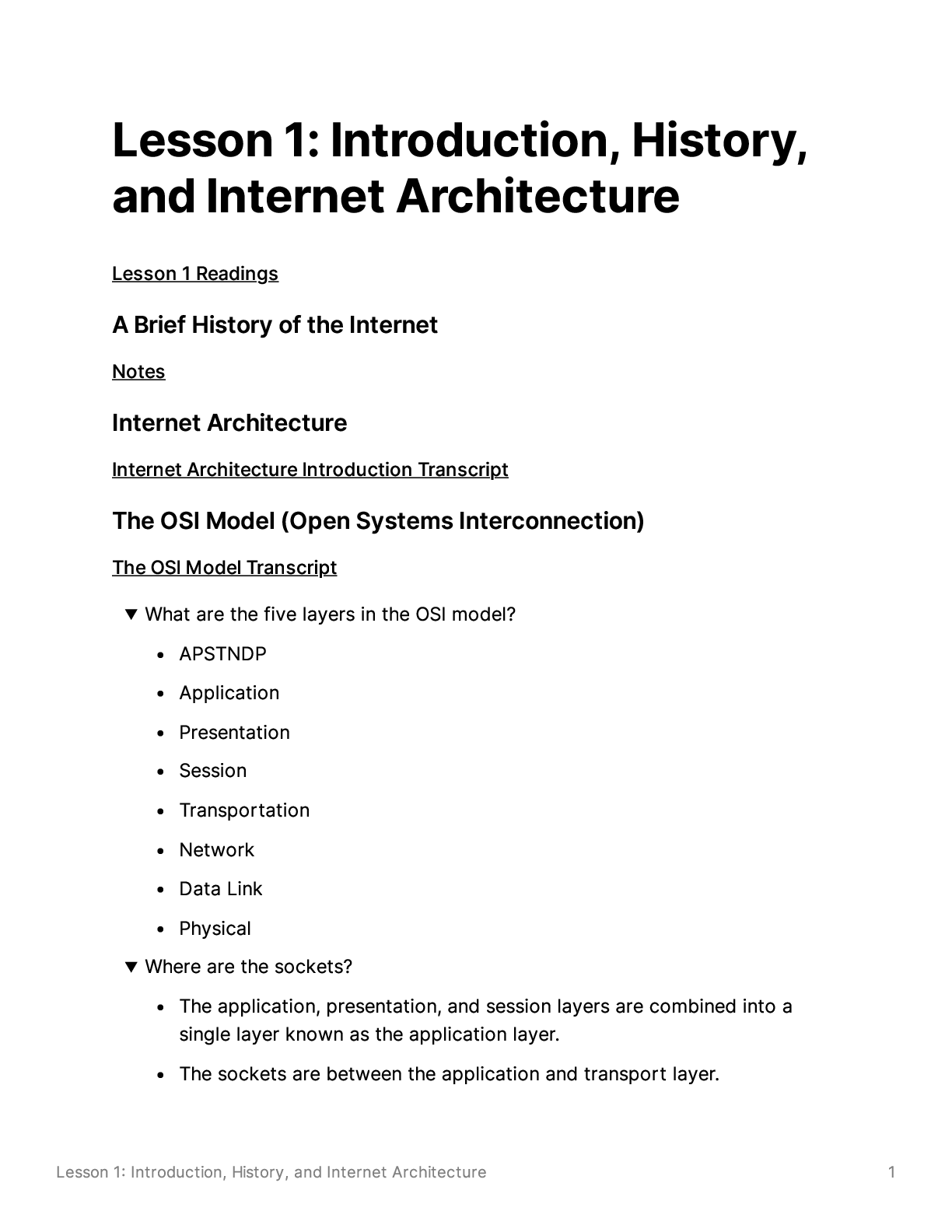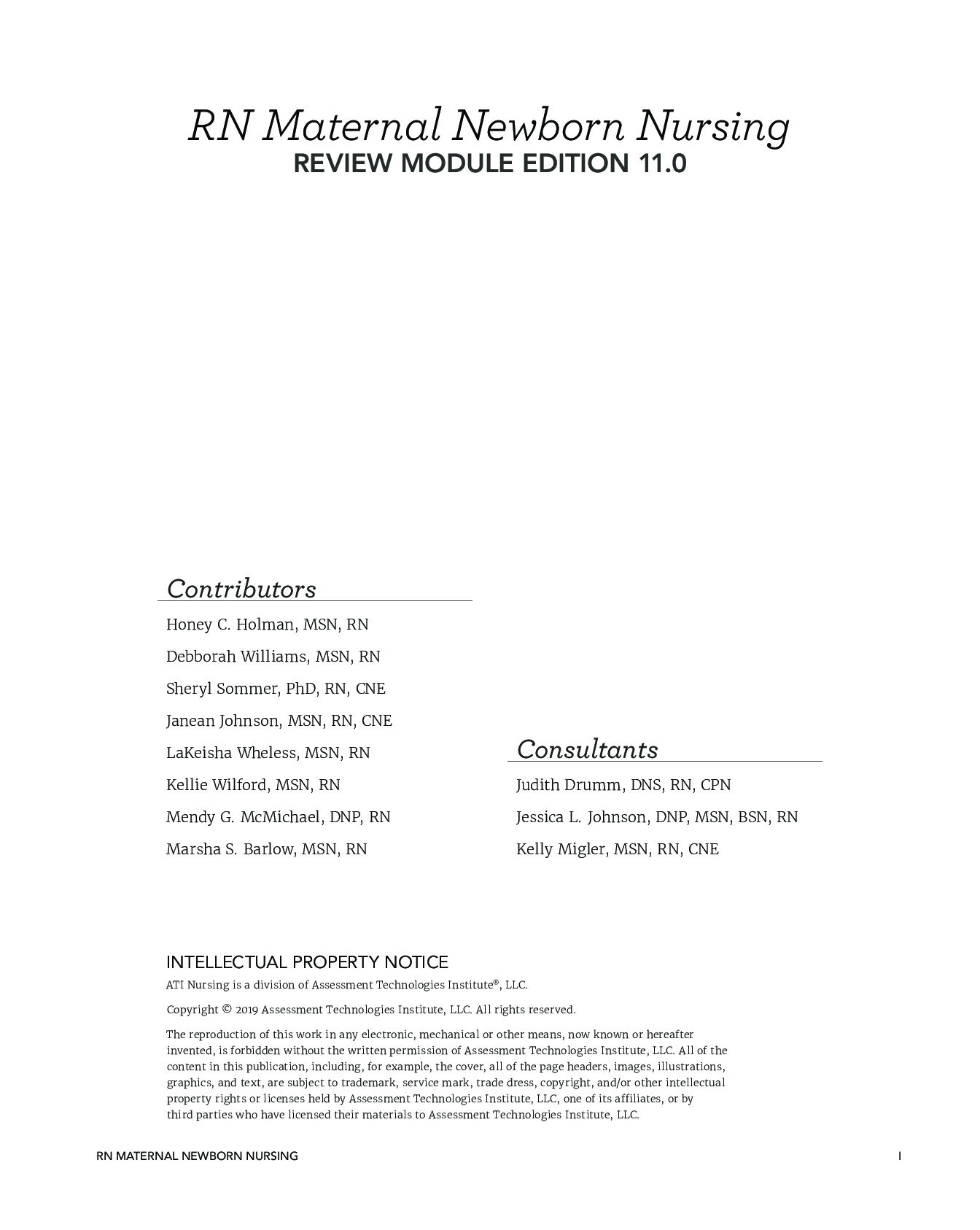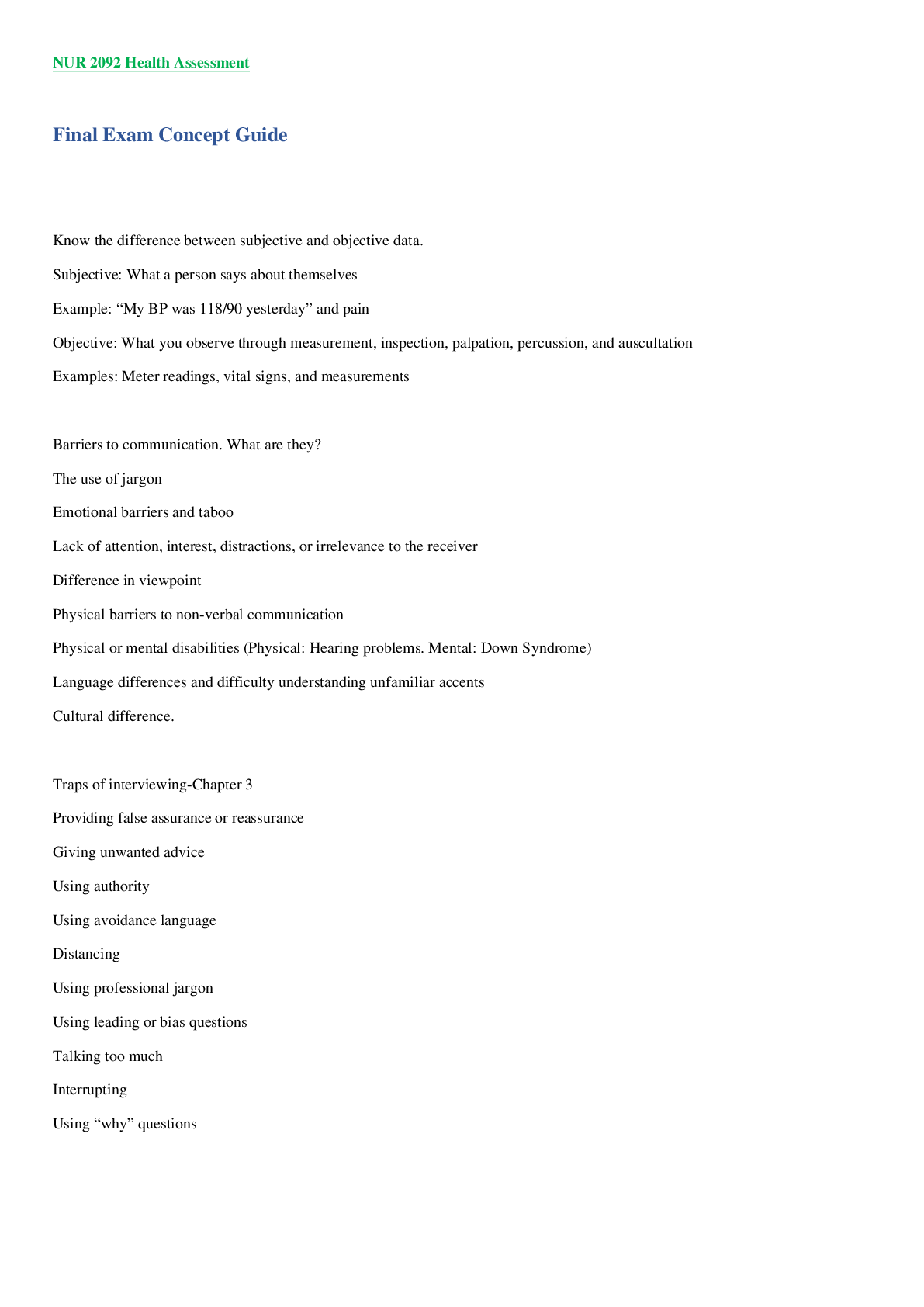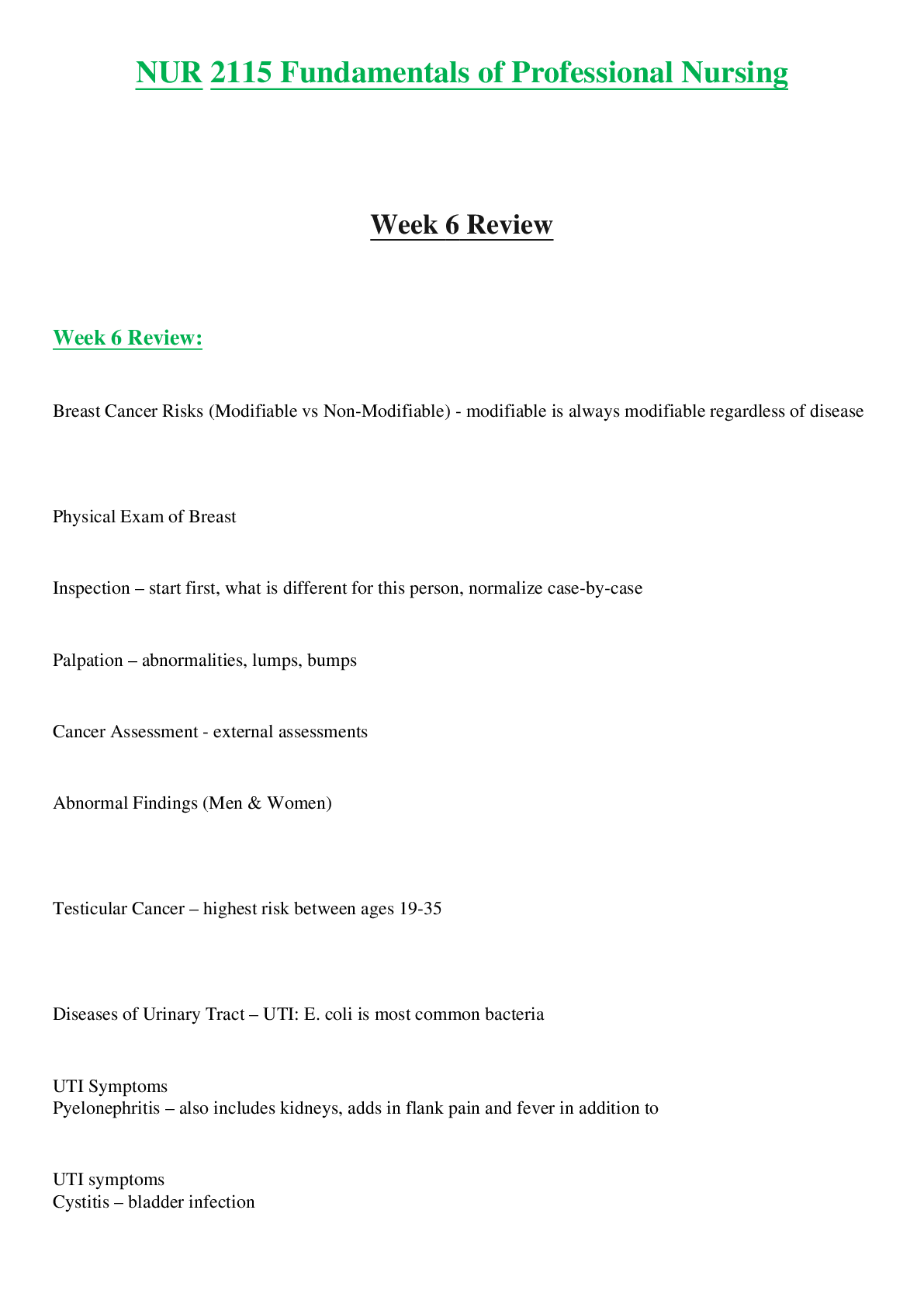Western Governors University CISSP 101 CISSP EXAM ESSENTIALS v2.0
Document Content and Description Below
CISSP EXAM ESSENTIALS
1
Chapter 1 – Security Governance Through Principles and Policies
Summary:
Security governance, management concepts, and principles are inherent elements in a security poli
...
cy and in
solution deployment. They define the basic parameters needed for a secure environment. They also define the
goals and objectives that both policy designers and system implementers must achieve in order to create a secure
solution.
The primary goals and objectives of security are contained within the CIA Triad: confidentiality, integrity, and
availability.
These three principles are considered the most important within the realm of security. Their importance to an
organization depends on the organization’s security goals and requirements and on how much of a threat to
security
exists in its environment.
The first principle from the CIA Triad is confidentiality, the principle that objects are not disclosed to unauthorized
subjects. Security mechanisms that offer confidentiality offer a high level of assurance that data, objects, or
resources are not exposed to unauthorized subjects.
If a threat exists against confidentiality, there is the possibility that unauthorized disclosure could take place.
The second principle from the CIA Triad is integrity, the principle that objects retain their veracity and are
intentionally modified by only authorized subjects.
Security mechanisms that offer integrity offer a high level of assurance that the data, objects, and an important
aspect of security management planning is the proper implementation of a security policy.
The third principle of the CIA Triad is availability. It states that resources should be available to authorized users
on demand.
To be effective, the approach to security management must be a top‐down approach. The responsibility of
initiating and defining a security policy lies with upper or senior management. Security policies provide direction
for the lower levels of the organization’s hierarchy.
Middle management is responsible for fleshing out the security policy into standards, baselines, guidelines, and
procedures. It is the responsibility of the operational managers or security professionals to implement the
configurations prescribed in the security management documentation.
Finally, the end users’ responsibility is to comply with all security policies of the organization.
Security management planning includes defining security roles, developing security policies, performing risk
analysis, and requiring security education for employees.
These responsibilities are guided by the developments of management plans. The security management team
should develop strategic, tactical, and operational plans.
Threat modeling is the security process where potential threats are identified, categorized, and analyzed. Threat
modeling can be performed as a proactive measure during design and development or as a reactive measure once
a product has been deployed. In either case, the process identifies the potential harm, the probability of
occurrence, the priority of concern, and the means to eradicate or reduce the threat.CISSP EXAM ESSENTIALS
2
Integrating cyber security risk management with acquisition strategies and practices is a means to ensure a more
robust and successful security strategy in organizations of all sizes.
When purchases are made without security considerations, the risks inherent in those products remain
throughout their deployment lifespan.
Essentials:
Understand the CIA Triad elements of confidentiality, integrity, and availability.
Confidentiality is the principle that objects are not disclosed to unauthorized subjects.
Integrity is the principle that objects retain their veracity and are intentionally modified by only authorized
subjects.
Availability is the principle that authorized subjects are granted timely and uninterrupted access to objects. Know
why these are important, the mechanisms that support them, the attacks that focus on each, and the effective
countermeasures.
Be able to explain how identification works.
Identification is the process by which a subject professes an identity and accountability is initiated. A subject must
provide an identity to a system to start the process of authentication, authorization, and accountability.
Understand the process of authentication.
Authentication is the process of verifying or testing that a claimed identity is valid. Authentication requires
information from the subject that must exactly correspond to the identity indicated.
Know how authorization fits into a security plan.
Once a subject is authenticated, its access must be authorized. The process of authorization ensures that the
requested activity or object access is possible given the rights and privileges assigned to the authenticated
identity.
Be able to explain the concept of abstraction.
Abstraction is used to collect similar elements into groups, classes, or roles that are assigned security controls,
restrictions, or permissions as a collective.
It adds efficiency to carrying out a security plan.
Understand data hiding.
Data hiding is exactly what it sounds like: preventing data from being discovered or accessed by a subject. It is
often a key element in security controls as well as in programming.
Understand the need for encryption.
Encryption is the art and science of hiding the meaning or intent of a communication from unintended recipients.
It can take many forms and be applied to every type of electronic communication, including text, audio, and video
files, as well as programs themselves. Encryption is an important element in security controls, especially in regard
to the transmission of data between systems.
Be able to explain the concepts of change control and change management.
Change in a secure environment can introduce loopholes, overlaps, missing objects, and oversights that can lead
to new vulnerabilities.
The only way to maintain security in the face of change is to systematically manage change
[Show More]
Last updated: 3 years ago
Preview 1 out of 87 pages
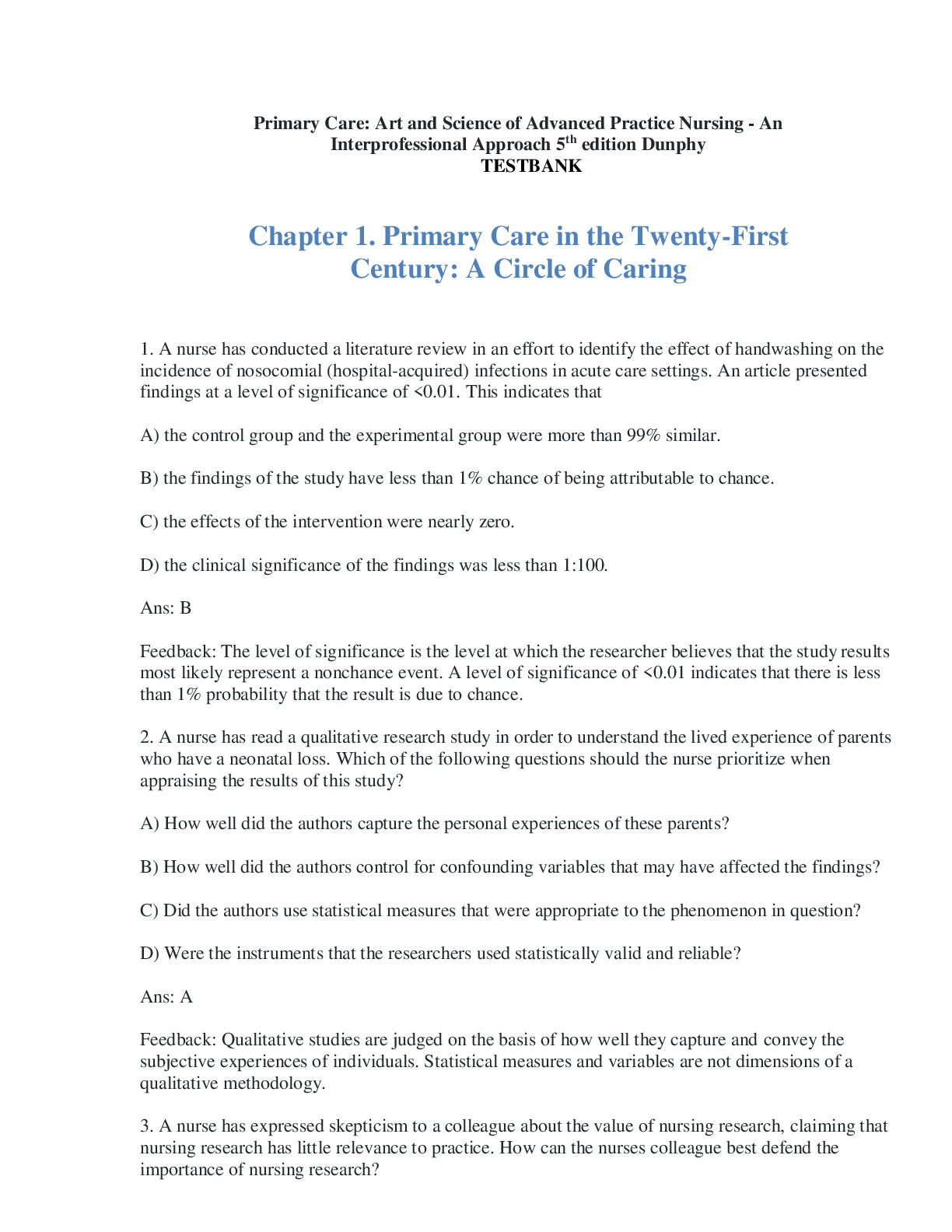

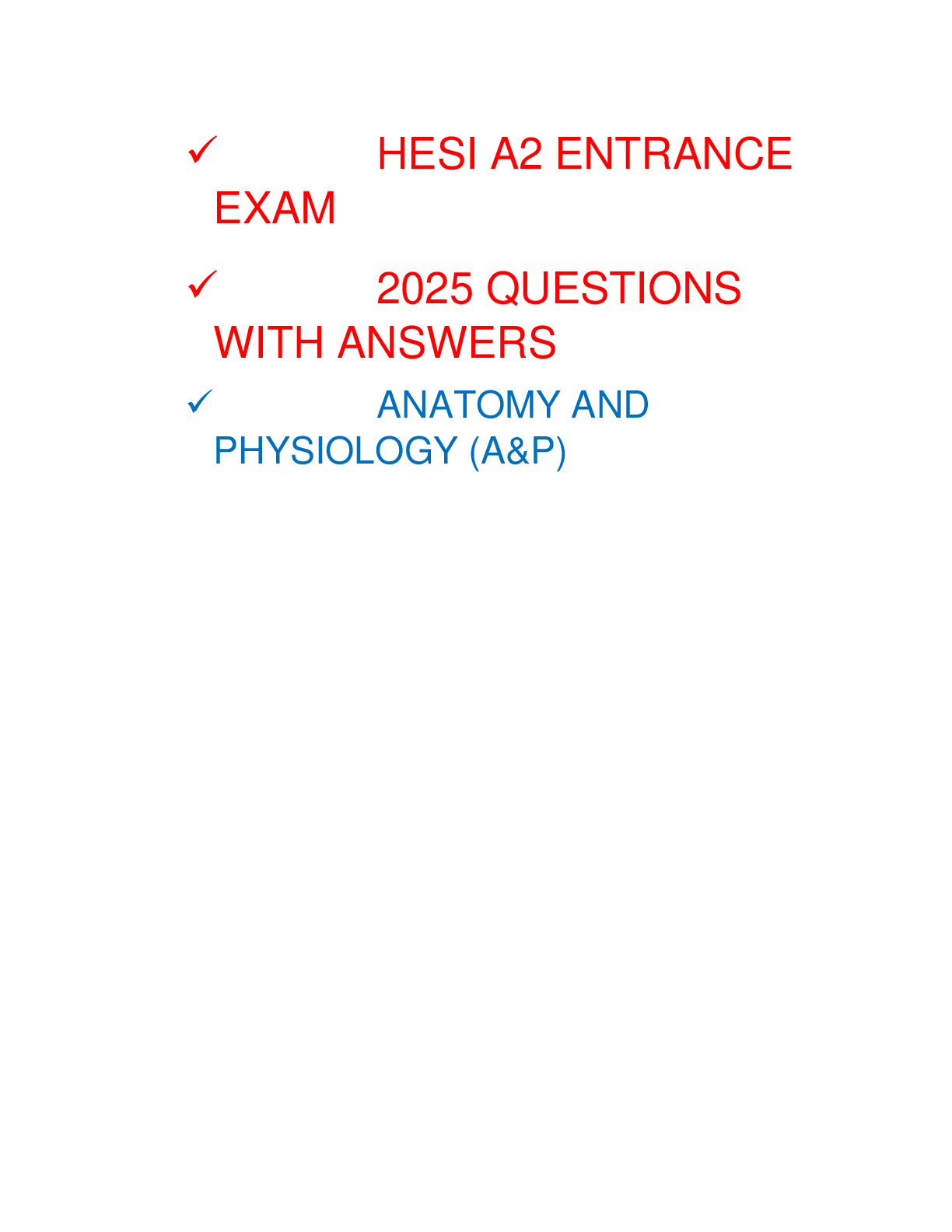
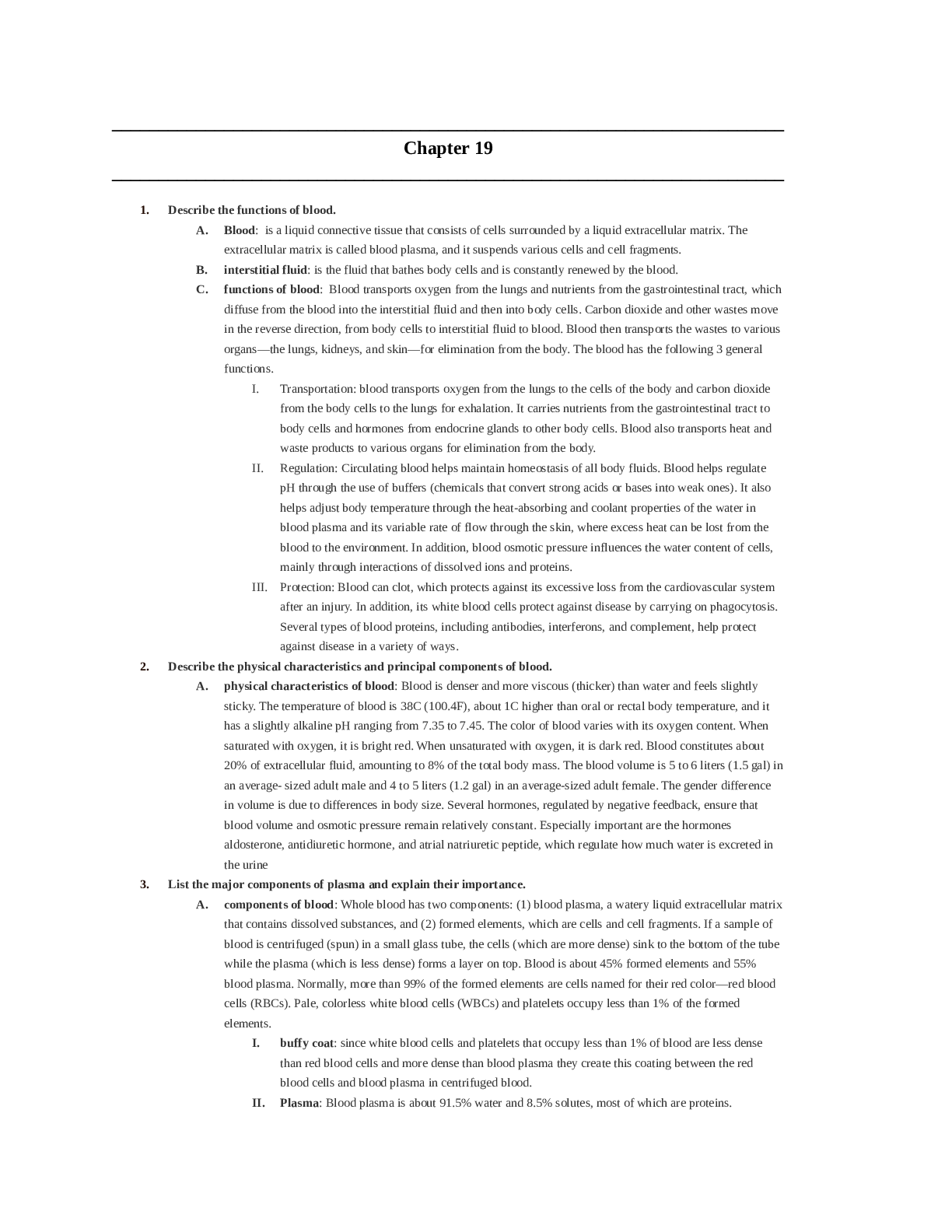
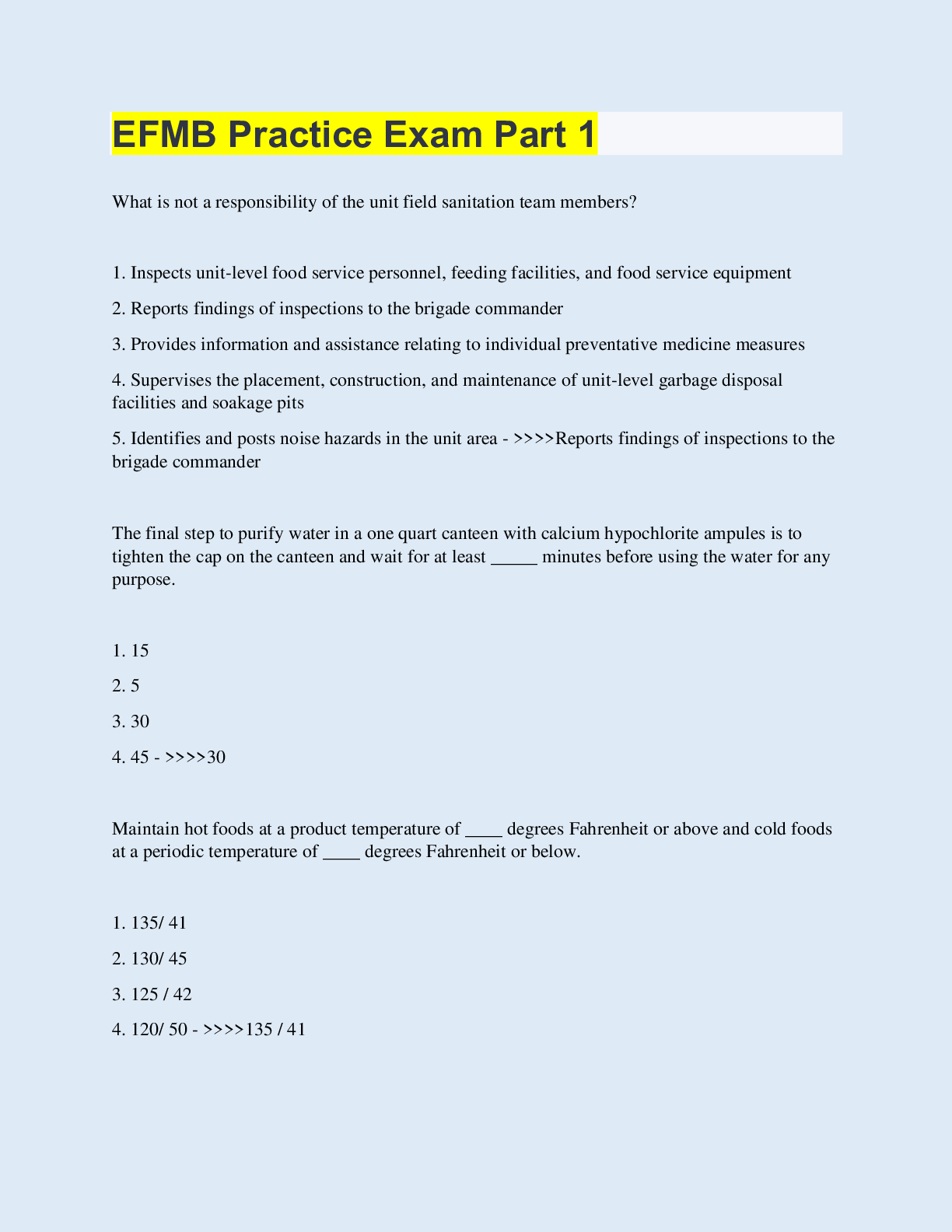
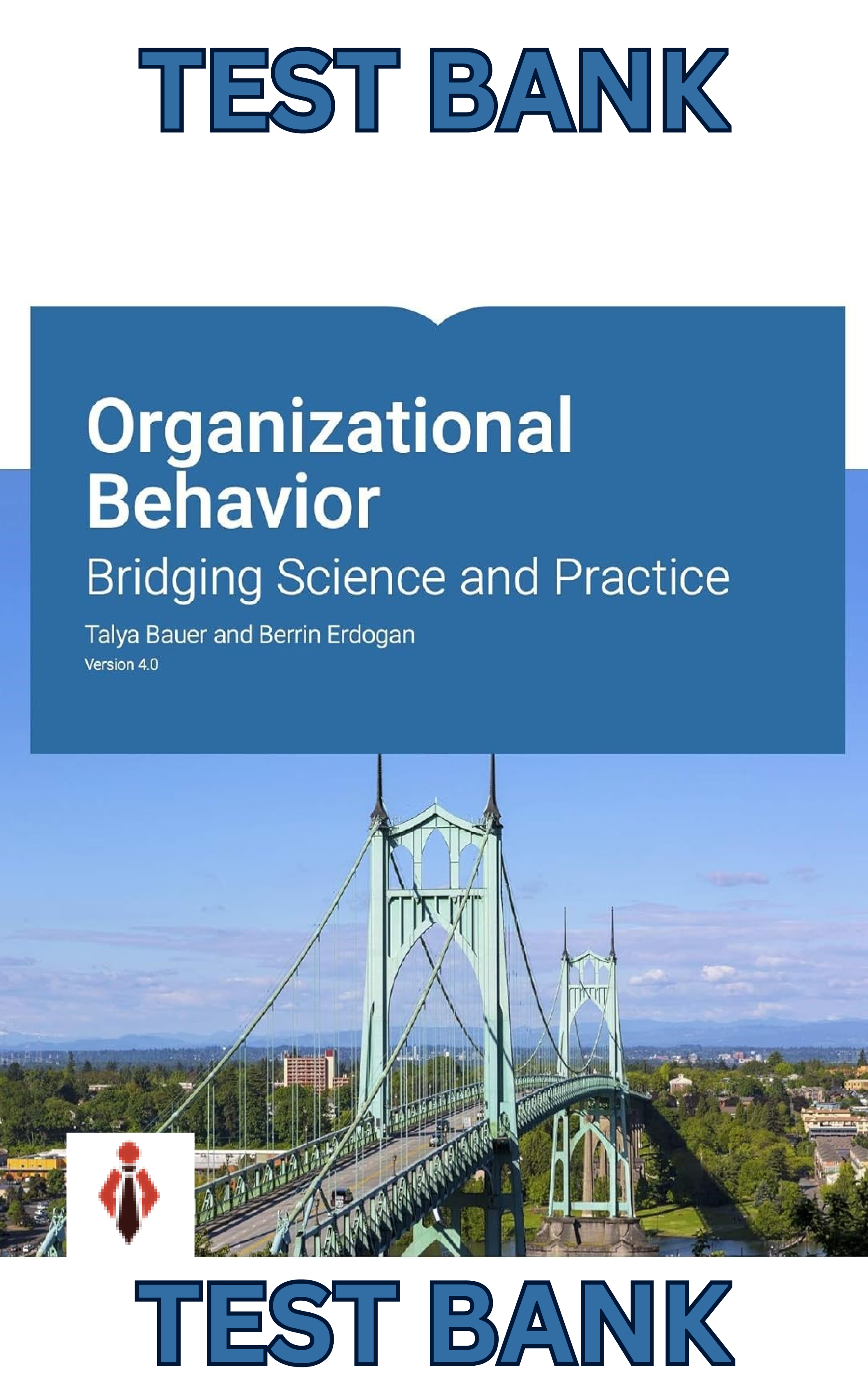



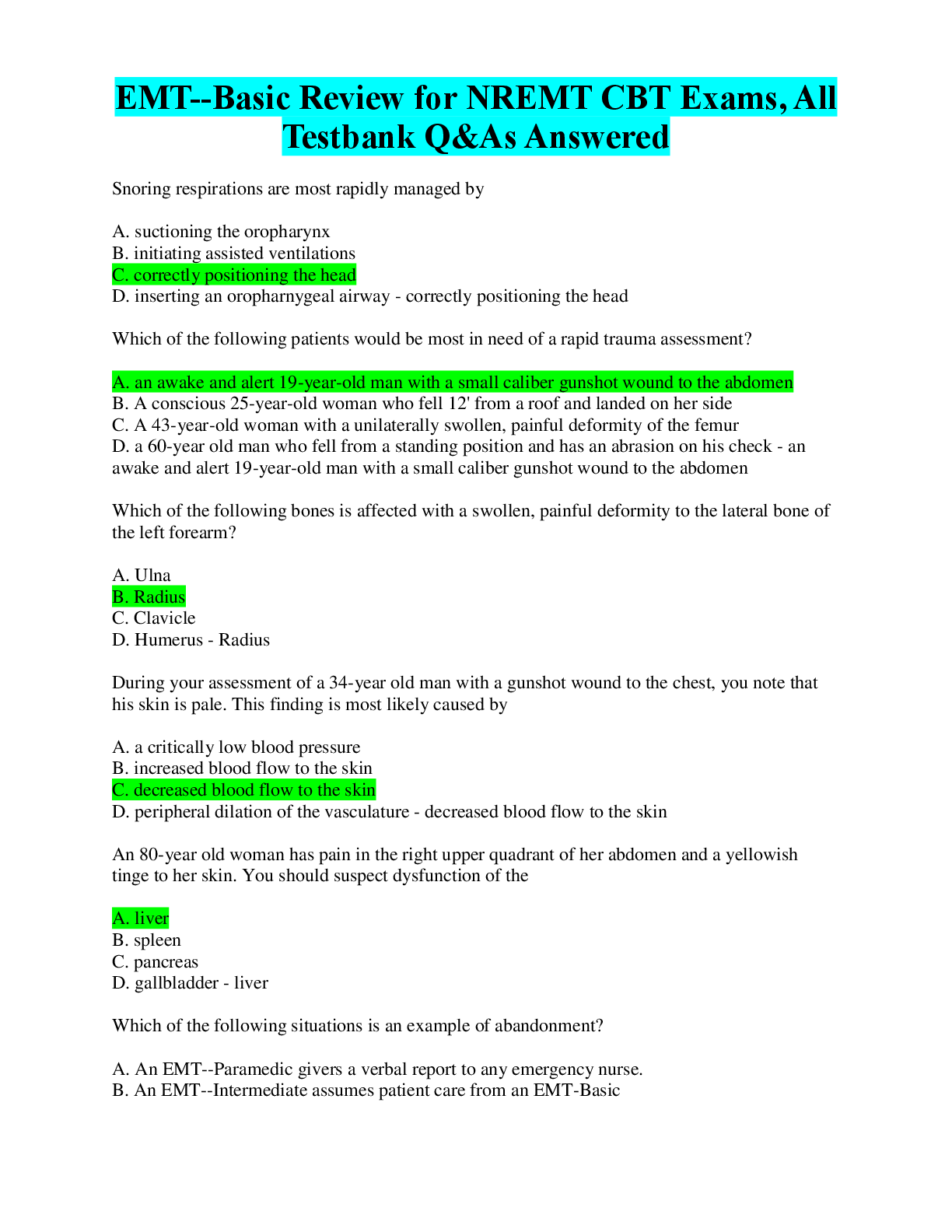

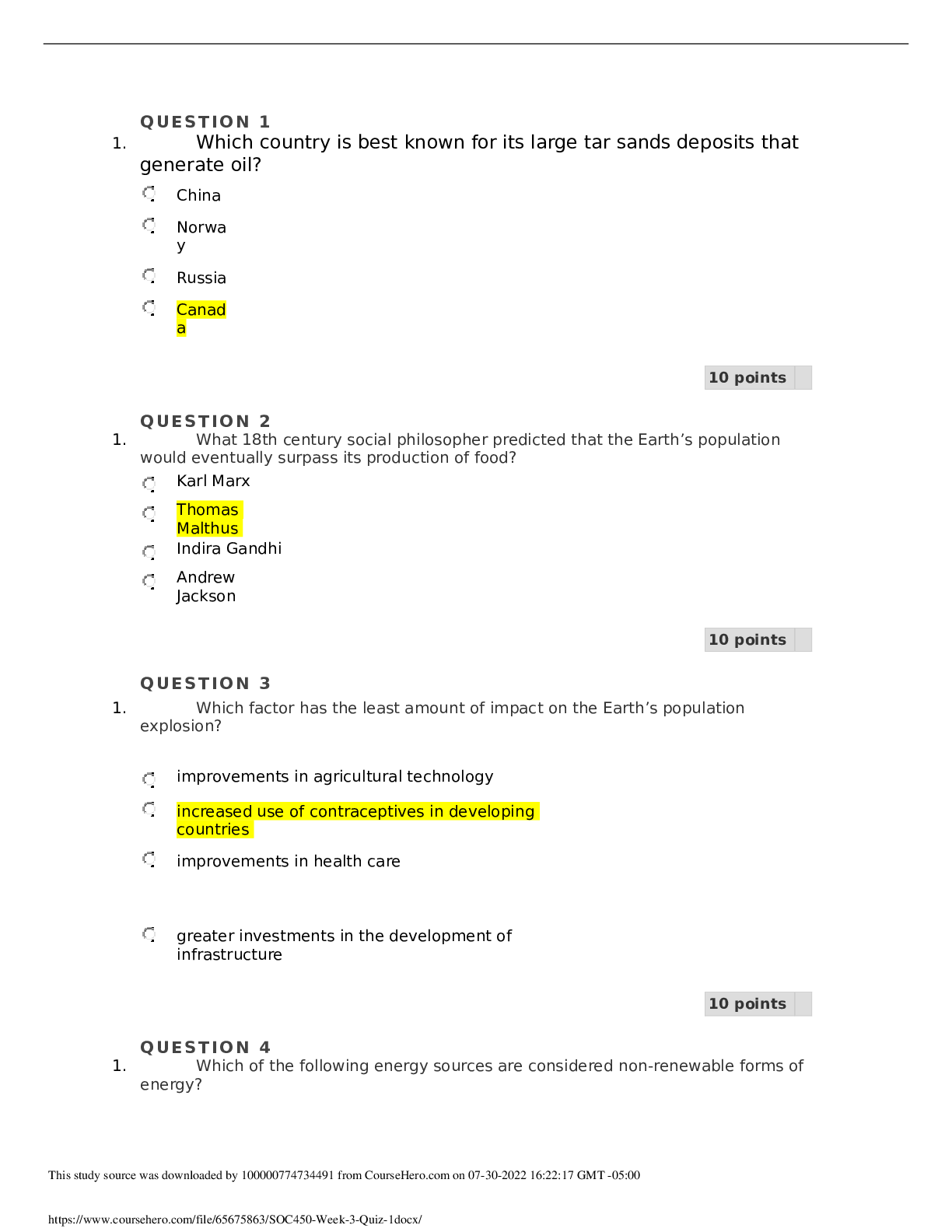











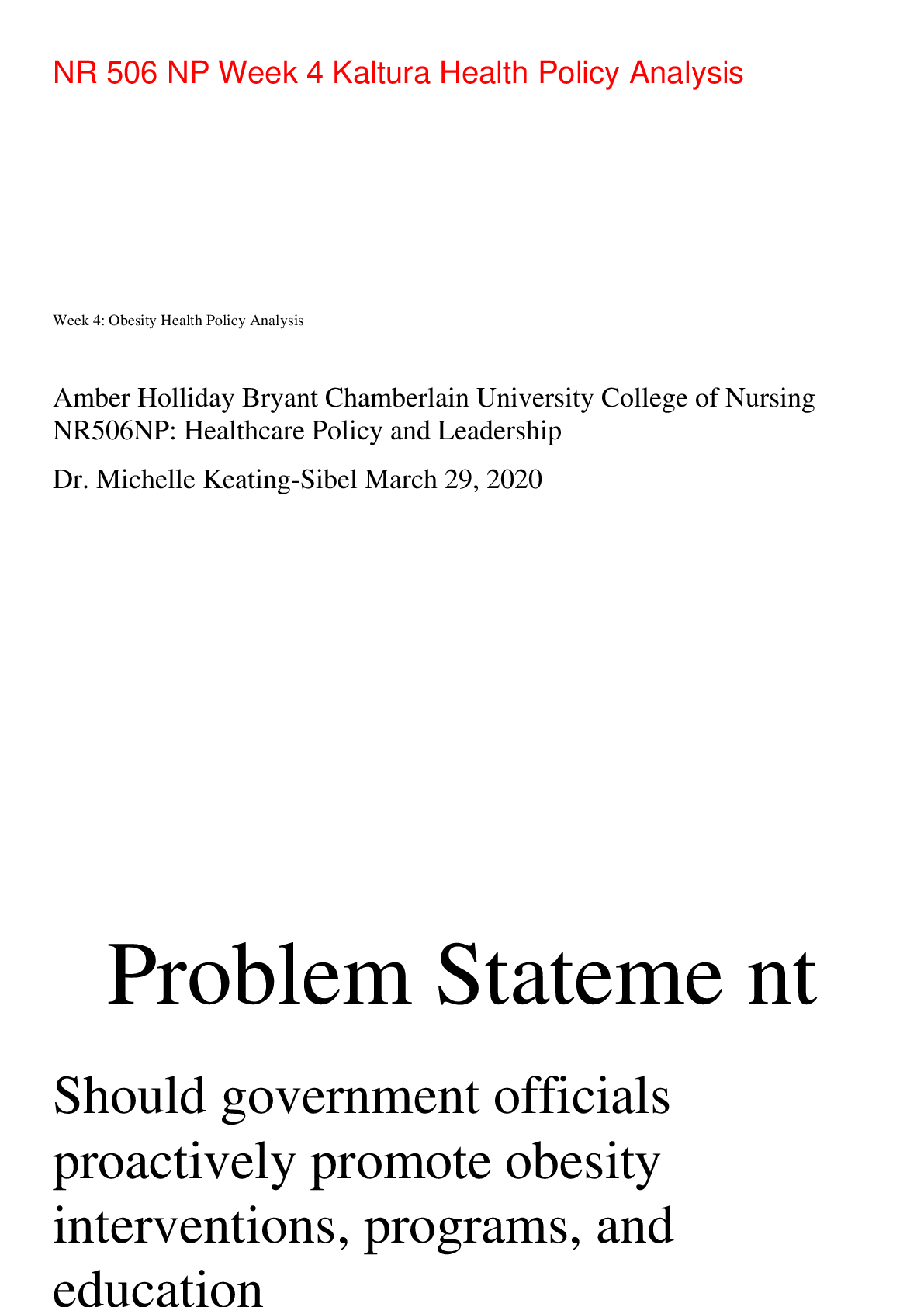
.png)
